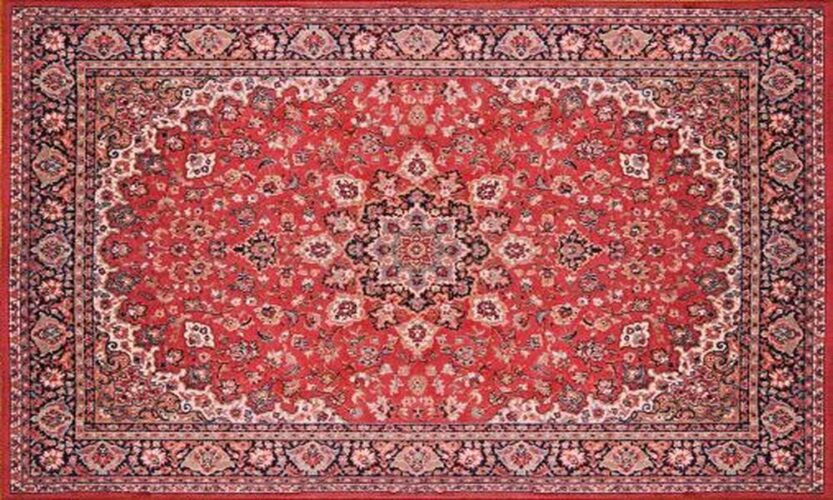Persian carpets, known for their intricate designs and high-quality craftsmanship, can contribute to enhancing the acoustics and insulation of a room in several ways:
Insulation: Persian carpets provide an additional layer of insulation to a room, helping to maintain a comfortable temperature and reducing energy loss. The dense fibers of the carpet trap air, acting as a thermal barrier between the floor and the room. This insulation effect can help to keep the room warmer in cold weather and cooler in hot weather, potentially leading to energy savings by reducing the reliance on heating or cooling systems.
Comfort Underfoot: Persian carpets offer a plush and comfortable surface to walk on, providing a soft cushioning effect underfoot. This comfort can enhance the overall experience of the room and create a cozy atmosphere. Additionally, the softness of the carpet can help reduce foot noise and impact sounds, contributing to a quieter environment.
It’s important to note that while Persian carpets offer some degree of sound absorption and insulation, their effectiveness may vary depending on factors such as the thickness and density of the carpet, the underlying floor material, and the overall room layout. To maximize the acoustic and insulation benefits, consider using a quality underlay beneath the Persian carpet, as it can further enhance its sound-absorbing and insulating properties.
What are the considerations for selecting the right size and shape of Persian carpets for different rooms and spaces?
When selecting the right size and shape of Persian carpets for different rooms and spaces, it’s essential to consider several factors to ensure a harmonious and proportionate look.
Room Size:
Measure the dimensions of the room to determine the appropriate size of the Persian carpet. Consider the overall floor space and the layout of the room. You’ll want the carpet to fill the space adequately without overwhelming or appearing too small. In larger rooms, you can opt for a larger carpet, while smaller rooms may require a smaller or medium-sized carpet.
Furniture Placement:
Take into account the placement of furniture within the room. Ideally, the Persian carpet should be large enough to accommodate all the furniture within its boundaries or at least have the front legs of key furniture pieces placed on the carpet. This helps create a cohesive and visually connected look between the carpet and furniture.
Function and Traffic Flow:
Evaluate the function of the room and the traffic flow within it. In high-traffic areas, such as hallways or entryways, choose a carpet size that can accommodate foot traffic without obstructing doorways or creating tripping hazards. For rooms where people tend to gather, such as living rooms or dining areas, select a larger carpet that can accommodate furniture and provide ample space for movement.
Style and Design:
Consider the style and design of the room when selecting the Persian carpet. Determine whether you want the carpet to be a focal point or a complementary element in the space. In rooms with bold or busy patterns on furniture or walls, a simpler and more subdued carpet design can balance the overall aesthetic. Conversely, in rooms with a more minimalist or neutral design, a Persian carpet with intricate patterns and vibrant colors can become a statement piece.

